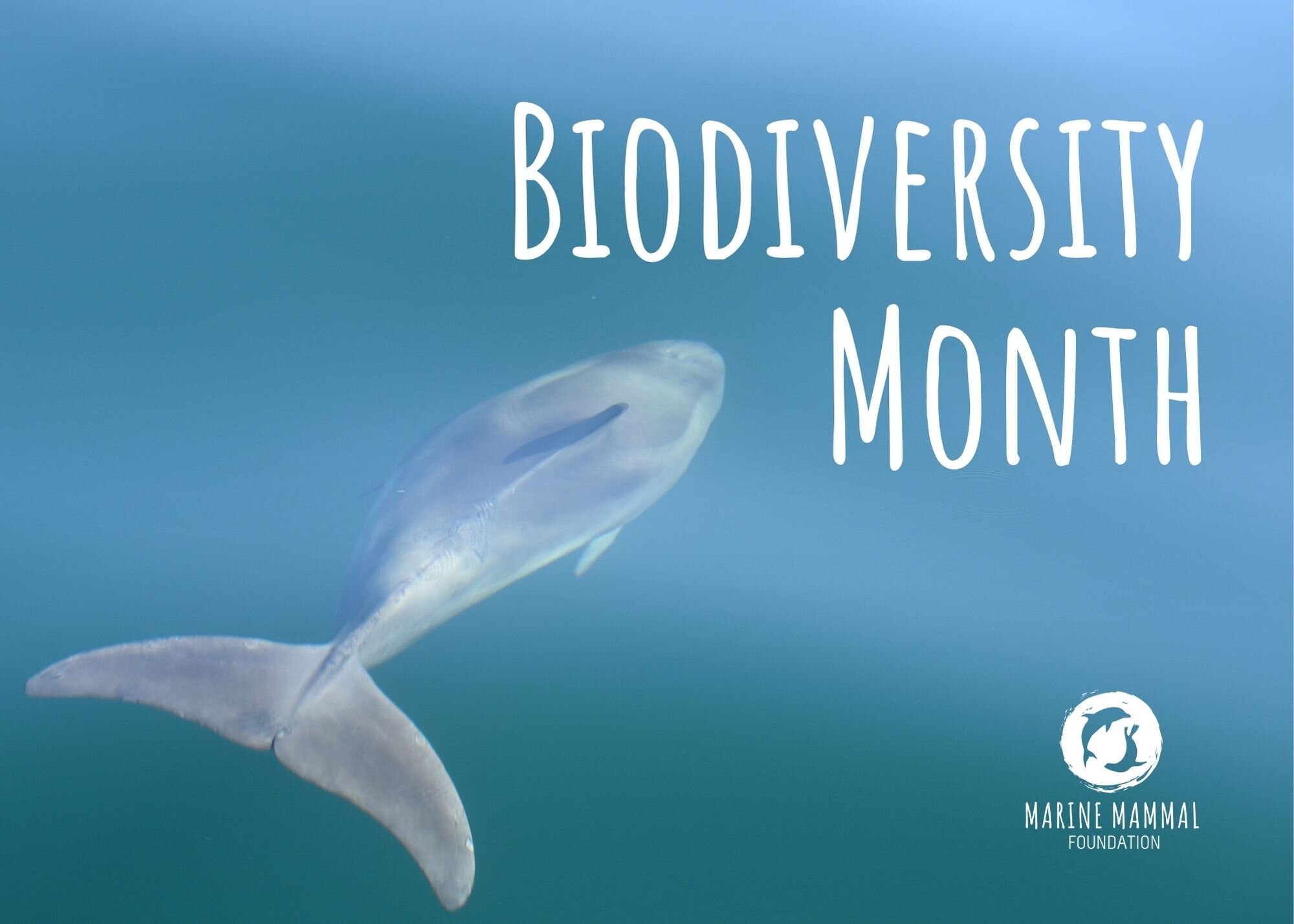Support Local Biodiversity: Life On Land
Written by Annika Withers, MMF Volunteer
The first week of September welcomed the beginning of National Biodiversity Month, a federal government initiative from the Department of Agriculture, Water and Environment that celebrates the interconnectedness of our environments, and highlights the importance of maintaining biodiverse ecosystems. We learned why biodiversity is so important for the environment and shared the first half of our key actions to undertake for support biodiversity in your local community.
Last week we held the spotlight on marine biodiversity preservation, outlining 5 useful ways that you can get involved and encourage our marine and freshwater environments to be healthy and thriving. However, biodiversity on land is just as important as the biodiversity in our rivers, lakes, and oceans, and can directly affect the health of marine and freshwater ecosystems due to the movement of water through catchments.
This week we will be exploring some actions that you can take to support the biodiversity in your local terrestrial environment. We’ve got 5 more tips to get you started in encouraging the protection, conservation and improvement of our national parks, bushlands, and back-yards.
1. Protect natural habitats
When in nature try to remain on walking paths and avoid stepping on flowers or plants. Try not to take things from the environment. Shells, rocks, sticks and other natural features could be important tools or habitats for many animals.
2.
Create a natural native habitat at home
Find out what naturally grows in your local area and plant things in your garden that native birds, bees, and wildlife will like. This will help to create an environment where they can thrive.
3. Reduce, reuse, recycle
Reduce consumption to minimise the amount of earth’s resources needed to create more products. Reuse and recycle items to reduce pollution and put the product to a new use. For more information on what you can recycle in your local area, visit Recycling Near You.
4. Conscious consumption
Sometimes, the biggest impact of the food we consume can be the distance it travels to reach our plates. Emissions produced by flying and driving farm produce over long distances contribute significantly to global ecosystem threats. Choose to purchase locally-sourced or organic products to lessen the impact of your consumption on our biodiversity.
5. Educate yourself and others
Educate yourself about the importance of biodiversity and tell your friends and family what you learn. Spreading knowledge can increase public awareness which could eventually lead to change and positive outcomes.







